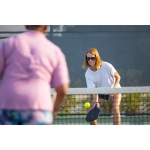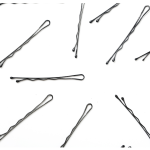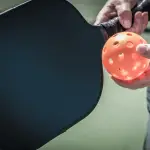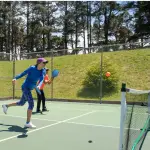You’ve seen other players on the court switching the paddle from one hand to another when hitting their shots. Even some of the professionals do it such as Rick Witsken, but in what situations should you do this and is this a good idea?
Rick, a senior professional, is a a right handed player and he switches the paddle from his right to left hand in certain situations. While he is not ambidextrous, his athletic ability allows him to use his left hand so this skill extends his reach and provides a fairly unique advantage in both singles and doubles.
Advantages of Switching Hands
Rick gave a couple of examples of when he used this technique during the U.S. Open. He said, “When they lobbed down the middle over Scott (Moore), actually more over my backhand, I switched to the left hand and you can see it on the live stream. I hit two forehand left-handed overheads…I remember playing Tyson McGuffin in singles in the quarter finals two years ago at the U.S. Open. And, I remember switching to my left hand so many times, because obviously he hits the ball on a dime and if I’m not using my left hand extension, I’m getting passed. So against him, I used it a lot.”
While sometimes Rick doesn’t switch hands at all during a match, it’s something he can do if needed. In fact, Rick also teaches some of his students to use this technique if they lack mobility or have ambidextrous tendencies. Many players without a racket sport background also prefer to switch hands since hitting a forehand is more comfortable for them.
Disadvantages of Switching Hands
The biggest disadvantage of switching hands is that you won’t have enough time to do this during fast exchanges at the kitchen line. That’s why the technique really should only be used in situations where you have time to hit the ball but need a little bit more reach.
Switching hands can confuse your opponent but it can also confuse your partner. As an example, if you and your partner are right-hand dominant, the player on the left hand side of the court is usually in a better position to hit a ball down the middle. But if you switch your hands, both you and your partner may go for the same ball, causing the ball to be mishit. If you are using this technique but find your partner is too often going for the same ball then it probably isn’t worth doing.
Still, switching hands like Rick does is worth a try if you need more reach, don’t have a racket sports background, or have ambidextrous tendencies.






